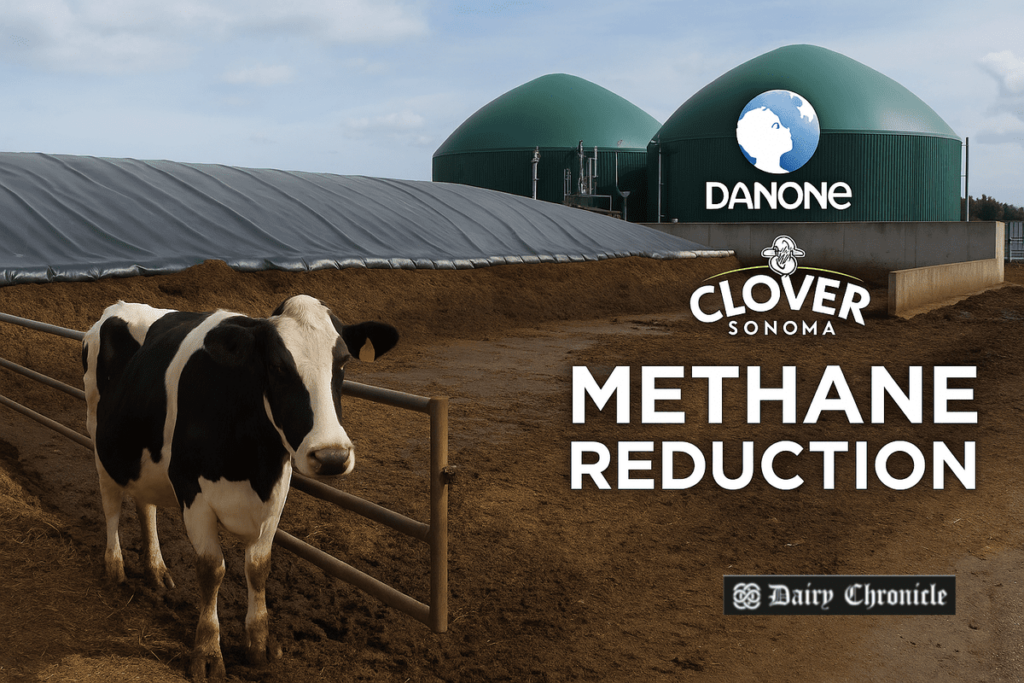The dairy industry is ramping up efforts to reduce methane emissions, with key players like Danone and Clover Sonoma leading initiatives. Danone has cut methane emissions from fresh milk by 25% since 2020 and targets a 30% reduction by 2030. Supported by the Dairy Methane Action Alliance, companies are increasing transparency, improving feed quality, adopting biodigestors, and exploring feed additives, despite regulatory and cost challenges.
The dairy industry is intensifying efforts to reduce methane emissions, a powerful greenhouse gas largely produced by livestock. Major companies like Danone and Clover Sonoma are leading initiatives aimed at cutting methane from cattle burps and manure, in a move aligned with global climate goals.
Methane from agriculture accounts for nearly 40% of human-induced emissions, making the sector a key focus in the fight against climate change. While plant-based dairy alternatives are gaining some popularity, the dairy sector is emphasizing science-based strategies to reduce its environmental footprint.
Since 2020, Danone has achieved a 25% reduction in methane emissions from its fresh milk supply and aims to reach a 30% reduction by 2030. This commitment is part of a wider industry effort under the Dairy Methane Action Alliance, an organization supported by the Environmental Defense Fund and Ceres. The Alliance fosters transparency by encouraging companies to disclose methane emissions and develop action plans.
Recent additions to the Alliance include Agropur, Idaho Milk Products, and Savencia Fromage & Dairy, while members such as Lactalis USA and Danone have published some of the first detailed methane reduction plans in the dairy industry. Other participants like Bel Group and General Mills have also shared emissions data, furthering collective progress.
Danone’s methane reduction strategy includes working closely with farmers in lower-income countries, where improving cattle productivity can significantly reduce emissions. Initiatives involve enhancing feed quality and introducing high-yield cattle breeds. Additionally, Danone partners with Sistema to provide modular biodigestors that convert manure into biogas and fertilizer, promoting sustainable waste management.
Despite promising results from feed additives that can reduce methane emissions by up to 90%, Danone and other companies remain cautious. Regulatory challenges and sourcing difficulties have slowed the adoption of these additives. However, other measures such as improved manure processing also offer environmental and labor benefits.
Experts like Katie Anderson from the Environmental Defense Fund emphasize that achieving the ambitious 30% global methane reduction target will require a combination of current solutions and future innovations. Continuous productivity improvements, especially in developing regions, remain crucial for success.
As the dairy industry continues to evolve, transparency and collaboration within the Dairy Methane Action Alliance are expected to drive further progress, making methane reduction an achievable goal in the near future.
Also Read: The Cost of Ignoring Methane: Risks for Dairy Industry Leaders



